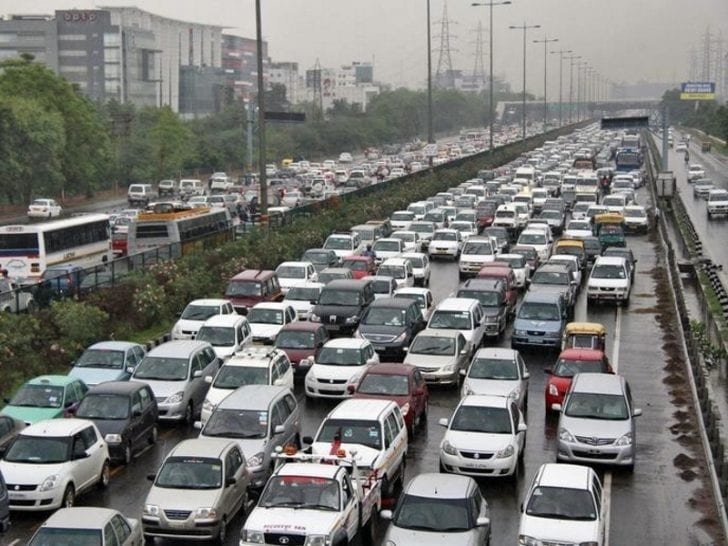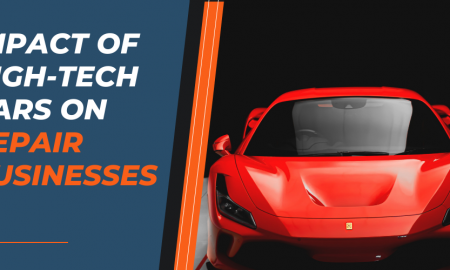
New Regulations in India’s Auto Insurance Sector Will See New Car Owners Purchase Lengthier Insurance Covers

What’s a brewing in the car insurance spectrum in India? Looks like, from September, all individuals looking to purchase two-wheelers or new cars will have to first purchase minimal of three to five years car insurance upfront while making their vehicle payment!
Additionally, the availability of long-term premium payments would result in the initial rise of outgo when dealing with new vehicles. However, this would save consumers a ton of time when it comes to dealing with grueling yearly renewals
Effects of the new regulations
As annual premium payments slowly but surely die away, the new revised rates have pitted the initial insurance cover on a newly purchased private car that is above 1500 cc to be a minimum of Rs 24,305. This is a considerable increase from the initial Rs 7890.
As for the avid bike riders, if a bike exceeds an engine capacity of 350cc, owners will have to folk out RS 13,024 from the initial Rs 2,323. Of note is that these insurance premiums can change depending on the model that an individual purchases.
Additionally, the Supreme Court executed an order on July 20 that required all new cars have third party insurance cover for a period not less than three years, while that for two-wheelers be no less than 5 years.
As a matter of fact, this order became applicable in September 1st. Additionally, the Supreme Court then directed all insurers to offer third-party, long-term covers due to lesser penetration, despite the fact that all roadworthy vehicles are required to have insurance.

The new regulations put in place will see individuals pay for much lengthier insurance premiums
Directives to increase the penetration
As vehicles lifespans depreciate, quite a number of owners tend to avoid making their annual renewals or purchasing policies. Others tend to take the whole risk altogether.
Head of Underwriting at ICICI Lombard General Insurance, Mr. Sanjay Datta, commented on the subject, saying that the new initiatives set in place by the Supreme Court were geared to ameliorate penetration in the entire car insurance sector, with the aim of having more vehicles covered.
He is hopeful that the number of uninsured vehicles on the road will decrease and that the number of third-party covers will rise exponentially in the coming months.
Reducing the number of accidents
A report published by the Government of India in 2015 has estimated that the daily accident count is at roughly 1374, with over 400 fatalities.
Of note is that there is no legal expiry time when the claimants or defendants of accidents can get their insurance claims. Individuals can opt to file for their claims in the region that the accident took place, or in the area that the defendant or claimant lives in.

The move is set to increase the penetration of car insurance cover and increase the number of third-party insurance premiums
Implications of the new regulatory change
As is the case with all vital regulatory changes, the move is poised to have its own advantages as well as disadvantages.
According to Executive Vice President (Underwriting) at IFFCO Tokio General Insurance, Mr. Sanjay Datta, the new regulations are poised to offer a sort of convenience and stability in terms of pricing for customers as they will not be required to renew their policy every year.
Additionally, customers will be protected to the proverbial yearly hikes that third party premiums like to impose on their customers.
Last but not least, it will also translate to the presence of fewer non-insured vehicles on the road.
That being said, a well-defined TP motor insurance policy cover, comprising of add-ons, as well as third party elements, will be enforced by the law. Ideally, this is beneficial for owners with two-wheeled vehicles. That’s because premiums will be much lower and that and renewing policies will be much easier.
However, this might spell differently for car owners. As a matter of fact, it might mean that car owners will have to pay a much higher single premium outgo.
Plenty of Public support
That being said, a number of insurance companies have shown their public support for the new regulation, other players are not so enthusiastic about.
In fact, they argue that despite it being essential for two-wheeler vehicles, the same cannot be said for the private-car sector.
Indeed, it will only translate to much higher costs with no added benefits. As per data released by the Insurance Information Bureau (IIB) for the year 2016-2017, the insurance rate for private cars has seen a 90% increment in the past three years.
This means that in this sector, there is no problem when it comes to compliance. The big question by insurers is then, why is the customer being forced to pay for three years, hence not being able to exercise their freedom of switching their insurance provider?
More inCar Insurance
-
`
Honda Reveals All-New Hybrid SUV for Europe: Details and Features
Honda has just announced a brand new hybrid SUV for the European market. The vehicle is set to hit dealerships later...
January 10, 2024 -
`
Tips for Dealing with Car Problems in Extreme Winters
Once again, it’s that time of year. Temperatures plummet into singles and negative digits. Even the wind feels dangerous and painful....
January 10, 2024 -
`
The Differences Between Car Insurance & Car Warranty
Car Insurance: Your Safety Net on the Road First up, let’s talk about car insurance. Think of it as your financial...
January 9, 2024 -
`
Auto Insurance Is Becoming More Expensive as Car Repair Costs Go Up
We have all been there, right? That gut-punch moment when the mechanic hands over the repair estimate, and you are left...
January 8, 2024 -
`
4 Top-Class Cars From the 90s to Buy in 2024
In the 90s, cars were simple, flexible, and comfy. Those cars were fun to drive, cheerful, convenient, and safe. This is...
January 5, 2024 -
`
The Top 6 Innovative Electric Cars on the Road Today
The electric vehicle (EV) revolution is well and truly upon us. Today’s EVs represent the pinnacle of cutting-edge technology and sustainable...
January 3, 2024 -
`
Henry Frader: A Citroen Lover
Car collection is a hobby not everyone can afford. Costly hobbies require a long time to surpass a certain level of...
January 1, 2024 -
`
The Self-Driving Cars: The First Steps to New Regulations
The future in which we will not have to steer our vehicles seems to be just around the corner. However, a...
December 28, 2023 -
`
Impact of High-Tech Cars on Repair Businesses
In Minnetonka, Minnesota, Brandon Mehizadeh oversees a collision shop facing the challenges posed by high-tech cars. A recent incident involving a...
December 27, 2023















You must be logged in to post a comment Login